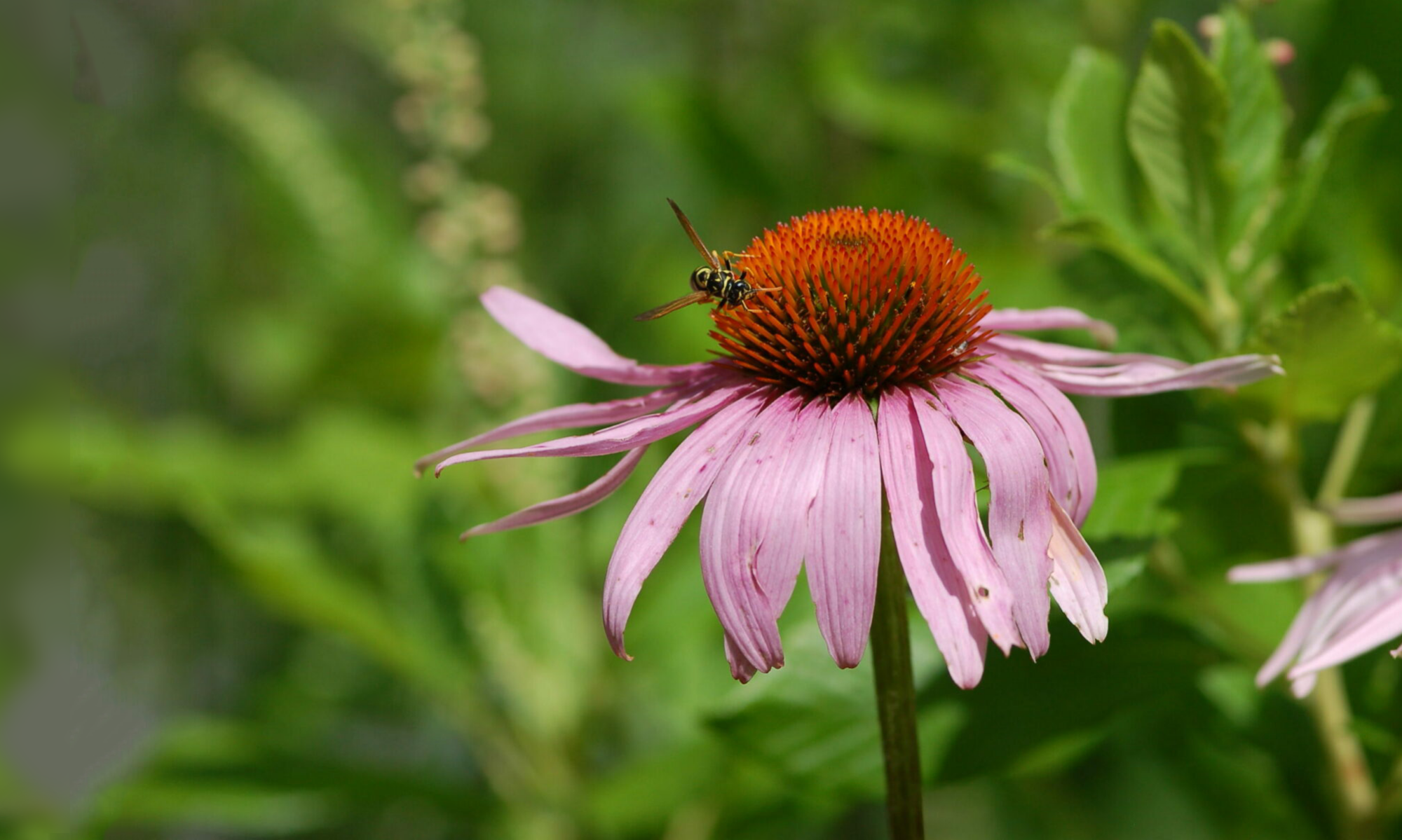Oh, my. How did it get to be Friday? I’ve had my head focused on other things, I guess. Like water in the basement (uggh) and butterflies in the yard (a mourning cloak, I think!). I’m stopping in to share a few quick notes of interest for teachers using TRACKING TRASH in the classroom.
The Algalita Marine Research Foundation (AMRF), founded by Captain Charles Moore (star of TRACKING TRASH) is gearing up for a new ocean research voyage, this time to the Indian Ocean. Teachers and students are invited to tag along virtually via the Ship-to-Shore program. Here’s a blurb from the AMRF newsletter:
This week AMRF’S Anna Cummins And Dr. Marcus Eriksen will embark on a voyage from Perth, Australia to Port Louis, Mauritius aboard the 250ft Clipper, Stad Amsterdam, crossing the Indian Ocean. They will be joining the “Beagle Project”, re-tracing the path of Charles Darwin famous voyage 178 years ago. Anna and Marcus will collect samples along the way to investigate change in the state of the ocean since Darwin’s voyage.
You and your students are invited to join the expedition online through the Ship-2-Shore Education Program. The research crew will be sending images, videos and descriptions of their experiences while they are at sea conducting research. Students will be able to communicate with the crew by sending questions and comments through the Internet. This opportunity to participate will be during the voyage from:
Indian Ocean: Australia to Mauritius (Mar. 16 – Apr. 4, 2010)
If you are not a student or a teacher we invite you to follow the voyage through our public blog which can be located through our home page at http://algalita.org/
If you are a student or a teacher, the Ship-2-Shore Education Program is free and signing up is easy. Simply send an email to [email protected] and include:
1. Name and location of school
2. # of students participating
3. Grade level
When we receive your registration we will send you more information about this voyage. For more general information about the program please visit Ship-2-Shore Education Program.
In related news, Captain Moore appeared on The Late Show with David Letterman on Monday night. Did anyone catch it? Here’s a clip from the AMRF website. Moore has now sparred with Colbert and chatted with Letterman; I wonder what Leno is waiting for?
Okay, back to spring. Have a great weekend!



















